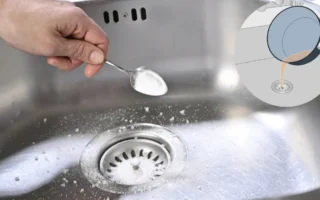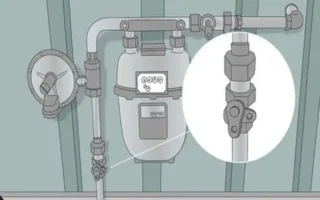When building or renovating a home, one of the most critical considerations is the distance between electrical wiring and plumbing systems. This detail may seem minor at first glance, but it plays a significant role in ensuring the safety, functionality, and longevity of your home’s infrastructure.
Improper proximity between electrical systems and plumbing can lead to a range of hazards, including electrical shocks, short circuits, and even fires. Beyond safety, maintaining proper spacing between these systems ensures compliance with local and national building codes, which are in place to protect homeowners.
Understanding the Basics
What Is Electrical Wiring in Homes?
Electrical wiring is the network of cables and components that deliver power throughout your home. These wires are typically hidden behind walls, ceilings, and floors to provide electricity to outlets, light fixtures, and appliances.
There are several types of wiring used in residential construction, including:
- Non-Metallic (NM) Cable: Commonly used in homes, this consists of insulated wires encased in a plastic sheath.
- Conduit Wiring: Wires are enclosed in metal or plastic conduits for added protection.
- Armoured Cable (BX): A flexible metal casing protects the wires, making it more durable in certain installations.
Electrical wiring is often routed through walls and ceilings, but it can also run through basements and crawl spaces, making its proximity to plumbing systems a frequent concern.
What Is Home Plumbing?
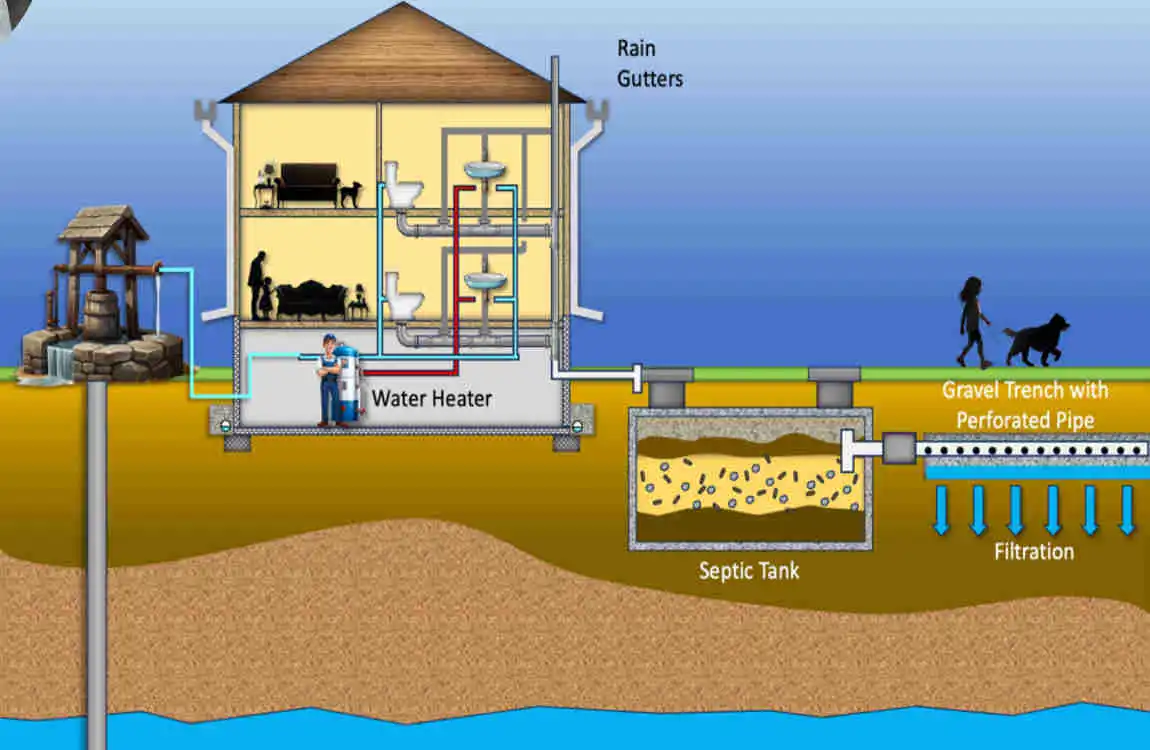
Home plumbing systems are responsible for carrying water into and out of the home. These systems include:
- Water Supply Lines: Deliver clean water to fixtures like sinks, showers, and appliances.
- Drainage Systems: Remove wastewater and sewage from the home.
- Vent Pipes: Allow air to flow through the drainage system to prevent clogs.
Plumbing pipes are typically made of materials like:
- Copper: Durable and resistant to corrosion.
- PVC or PEX: Lightweight, flexible, and easy to install.
- Galvanised Steel: Older homes may still have these pipes, though they are less common in modern construction.
Both plumbing and electrical systems are essential, but their interaction can create safety risks if not properly managed.
Why the Distance Between Them Matters
The separation between electrical wiring and plumbing isn’t just a matter of convenience—it’s a safety necessity. Here’s why:
- Water Conducts Electricity: Water is an excellent conductor of electricity. If plumbing pipes come into contact with exposed electrical wiring, they can create electrical faults or even pose a risk of electrocution.
- Electrical Hazards: Leaks or moisture from plumbing damage electrical wiring, potentially leading to short circuits or fires.
- Structural Integrity: Improper installation of these systems can weaken the building structure, especially if repairs are needed later.
Building Codes and Regulations
National Electrical Code (NEC) Guidelines
The National Electrical Code (NEC) is the standard for electrical safety in the United States. While the NEC doesn’t always specify a strict minimum distance between electrical wiring and plumbing, it does provide important guidelines:
- Grounding and Bonding: Plumbing systems should be properly grounded to reduce the risk of electrical faults.
- Physical Protection: Electrical wiring near plumbing guide must be protected with conduits or other barriers to prevent accidental contact or damage.
The NEC emphasises safety and requires that wiring installations minimise risks caused by proximity to plumbing.
Local Building Codes and Variations
Local building codes often vary from NEC standards to address specific regional challenges. For example:
- Areas prone to heavy rainfall or flooding may have stricter rules about electrical and plumbing proximity.
- Older homes may have grandfathered regulations, though upgrades are usually recommended.
To comply with your local codes:
- Contact your local building authority for specific requirements.
- Hire licensed professionals to ensure installations meet both national and local standards.
Common Misconceptions About Distance Requirements
There’s a widespread belief that electrical and plumbing systems must always maintain a strict minimum distance. However, this isn’t entirely accurate. While most codes don’t specify a universal minimum, the general recommendation is to keep 12 inches of separation between water pipes and electrical wiring for safety.
Inspectors often focus on practical safety measures rather than rigid distances. For example, protected wiring near plumbing tips may pass inspection even if it’s closer than 12 inches.
Recommended Distance Between Electrical and Plumbing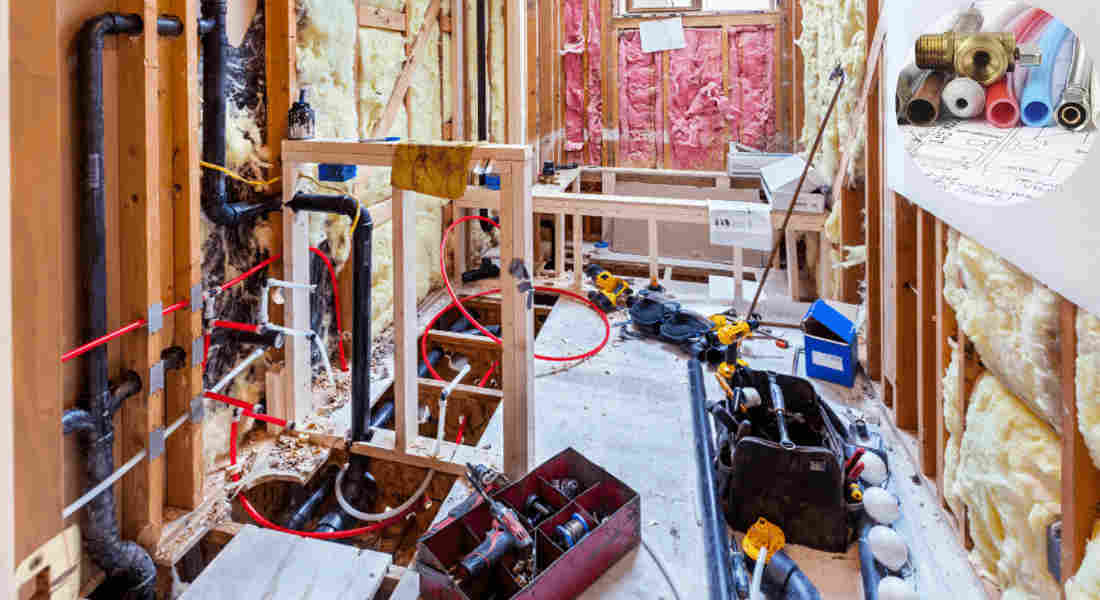
General Recommendations
Although building codes may not specify exact measurements, industry best practices suggest:
- 12 Inches of Separation: Maintain at least one foot of distance between electrical wiring and plumbing pipes.
- 3 Feet from Electrical Panels: Plumbing systems should be at least three feet away from electrical service panels to allow safe access and reduce risk.
These guidelines help minimise hazards while ensuring compliance with most safety standards.
Situations Where Wiring and Plumbing Can Share Space
In some cases, electrical and plumbing lines may share the same wall cavity. This is common in:
- Basements: Where space is limited, both systems must run through exposed joists.
- Kitchens and Bathrooms: Tight layouts often necessitate closer proximity of utilities.
To safely share space:
- Use Insulated Conduits: Protect wiring with a durable covering.
- Avoid Direct Contact: Ensure lines are adequately separated using barriers or spacers.
Importance of Insulation and Protection
Protection is key when electrical systems and plumbing fixture are close together. Consider the following measures:
- Insulated Conduits: These provide a layer of protection against leaks or moisture.
- Armoured Cable: This durable option can withstand accidental damage better than standard wiring.
- Protective Barriers: Install barriers between the two systems to maintain separation.
Safety Risks of Improper Distance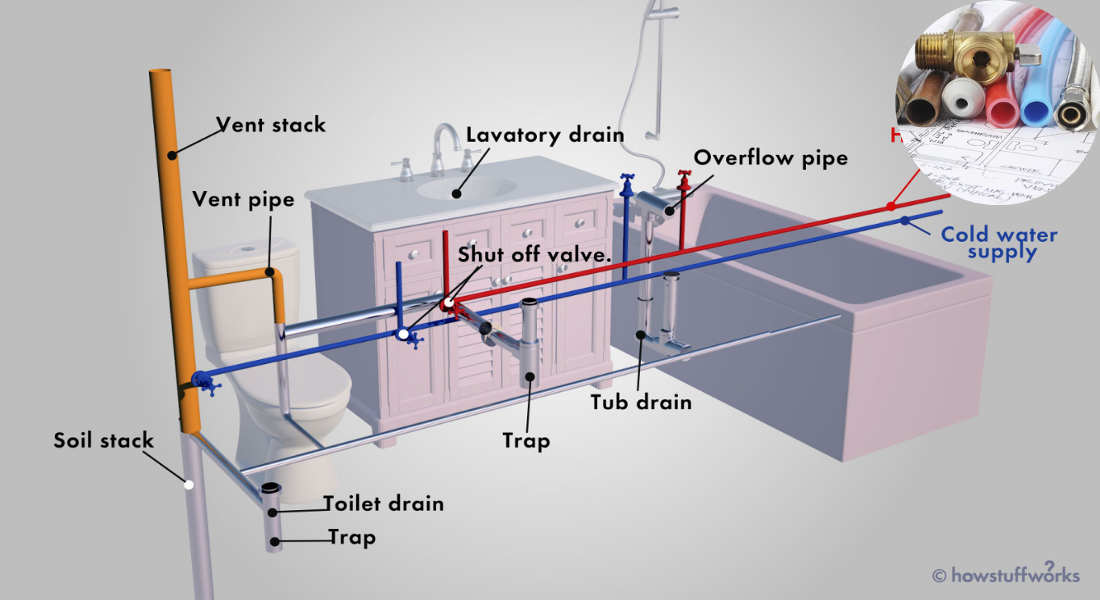
Electrical Hazards from Water Leaks
Water leaks pose a significant risk to electrical systems. When water comes into contact with exposed wiring, it can cause:
- Short Circuits: Leading to power outages or damaged appliances.
- Energised Pipes: Creating a dangerous situation where plumbing fixtures become electrically charged.
Risk of Electrocution
Improper installations increase the risk of electric shock, especially in wet areas like bathrooms or kitchens. Ground Fault Circuit Interrupters (GFCIs) are essential in these spaces to prevent accidents.
Fire Hazards and Damage to Wiring
Plumbing leaks near electrical systems can result in overheating or even fires. Regular maintenance and inspections are crucial to identify and address these risks.
Best Practices for Installation
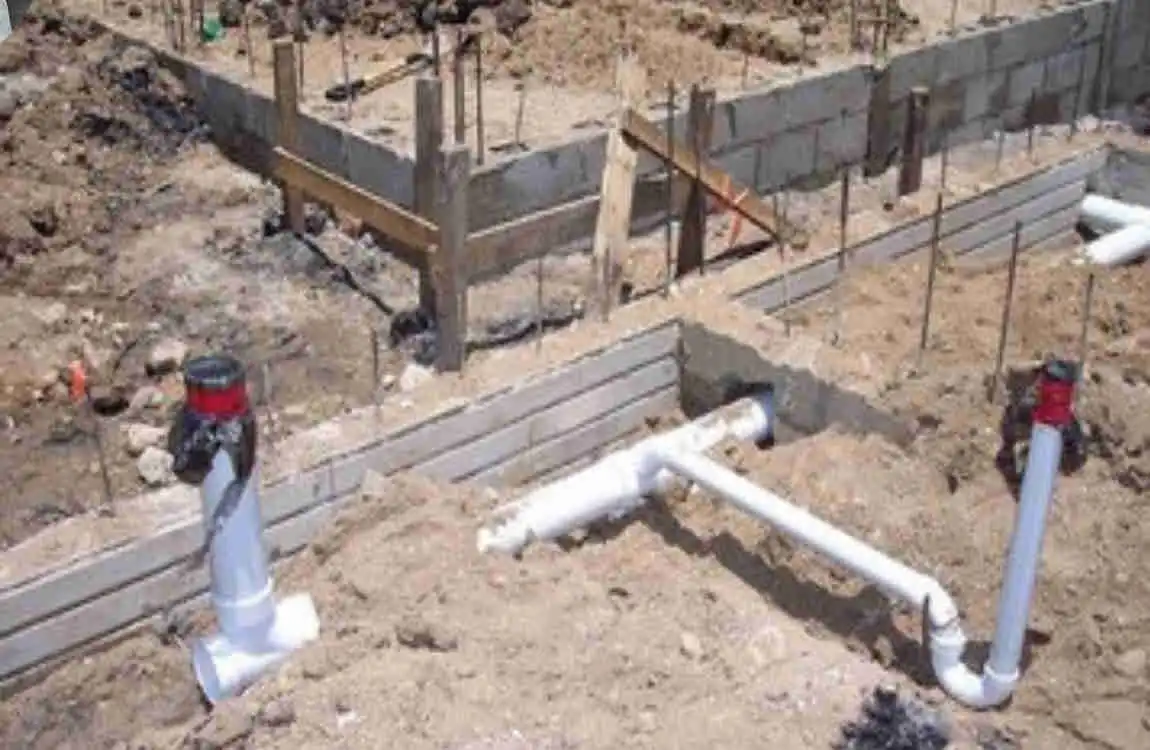
Using Insulated Conduits and Protective Measures
When electrical wiring must run near plumbing, always prioritise protection:
- PVC Conduits: Lightweight and resistant to moisture.
- Metal Conduits: Ideal for areas prone to physical damage.
Positioning Wiring Above Plumbing to Avoid Leaks
Whenever possible, route electrical wiring above plumbing lines. This reduces the risk of water dripping onto wires in the event of a leak.
Regular Inspections and Maintenance
Perform routine inspections to check for:
- Wear and tear on wiring.
- Corrosion or leaks in plumbing pipes.
- Signs of water intrusion near electrical systems.
Common Questions and Myths
Can Electrical and Plumbing Lines Run Through the Same Wall?
Yes, but only if proper precautions are taken, such as using insulated conduits and maintaining adequate separation.
Is There a Strict Minimum Distance Required?
No strict distance is universally enforced, but maintaining at least 12 inches is a widely accepted best practice.
How to Handle Repairs and Upgrades Safely
When upgrading or repairing systems near each other:
- Shut off power and water to minimise risks.
- Use protective gear.
- Consult a licensed professional for safe installations.
Quick FAQ: Distance Between Electrical and Plumbing in Homes
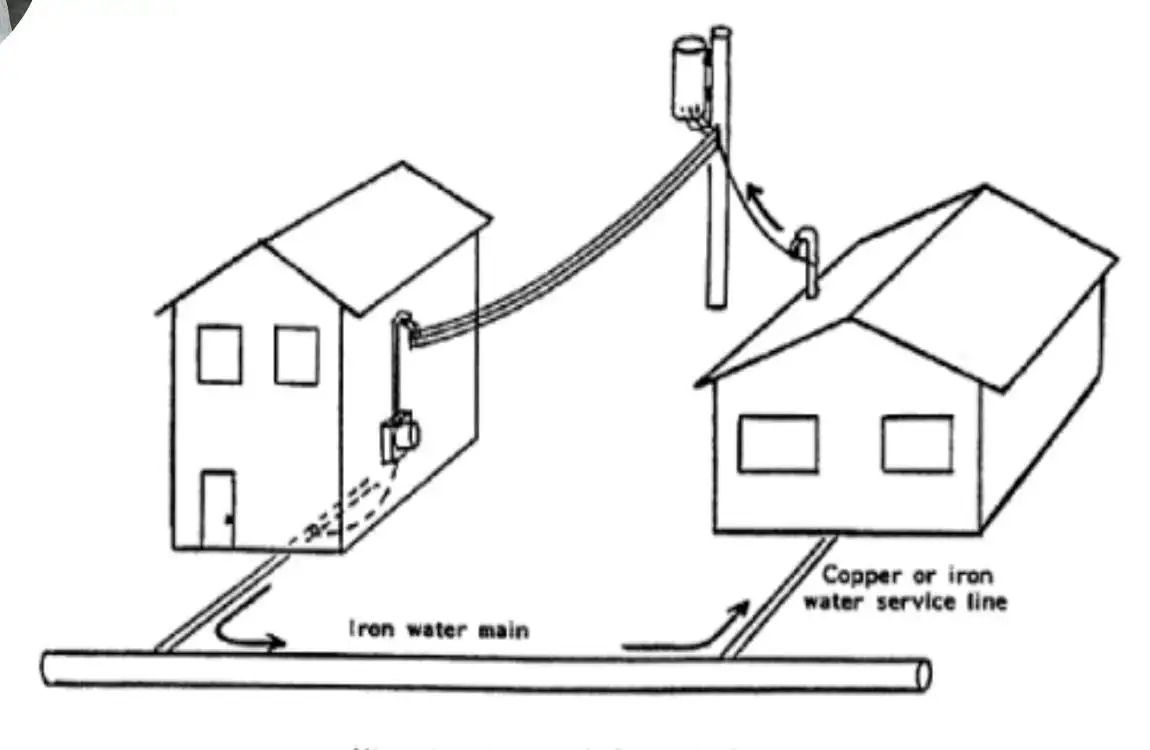
- There is no strict universal rule for how far electrical wiring must be from plumbing pipes in general home construction.
- A common guideline is to keep them at least 12 inches apart when possible.
- The only strict separation is in front of electrical panels, where plumbing pipes cannot be inside the panel’s clear access area (about 2’6” wide, 3’ deep, and 6’6” high).
- Some local codes (like New York’s) recommend at least 6 inches clearance between water pipes and breaker boxes to avoid moisture hazards.
- Wiring and plumbing can sometimes run through the same wall or hole if done properly and per code.


